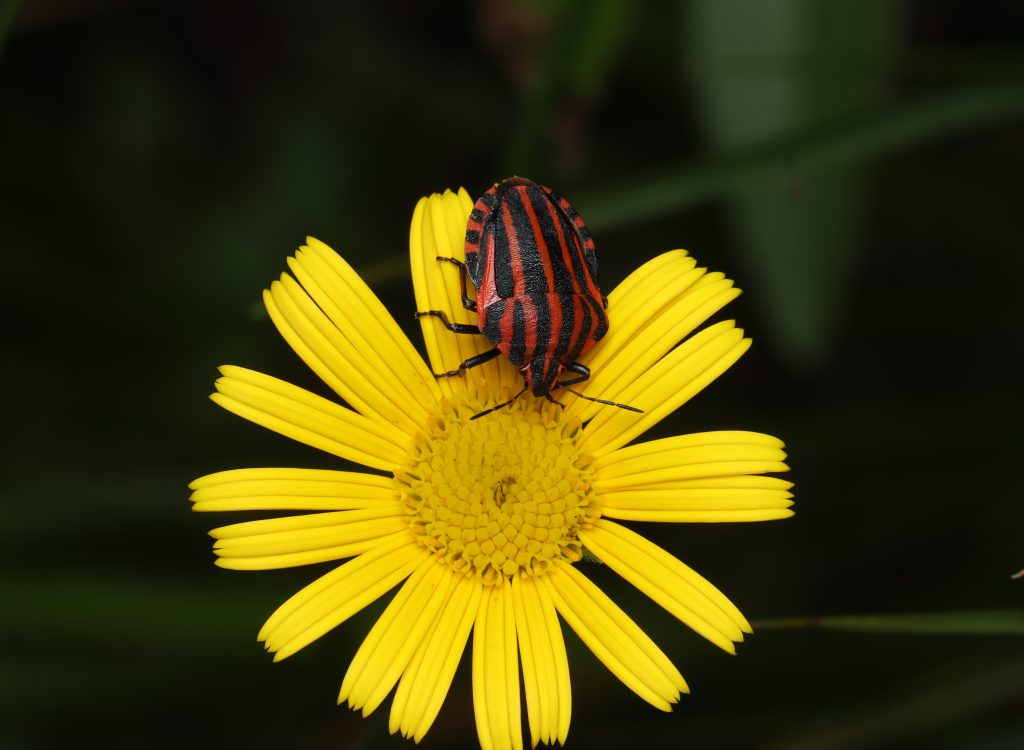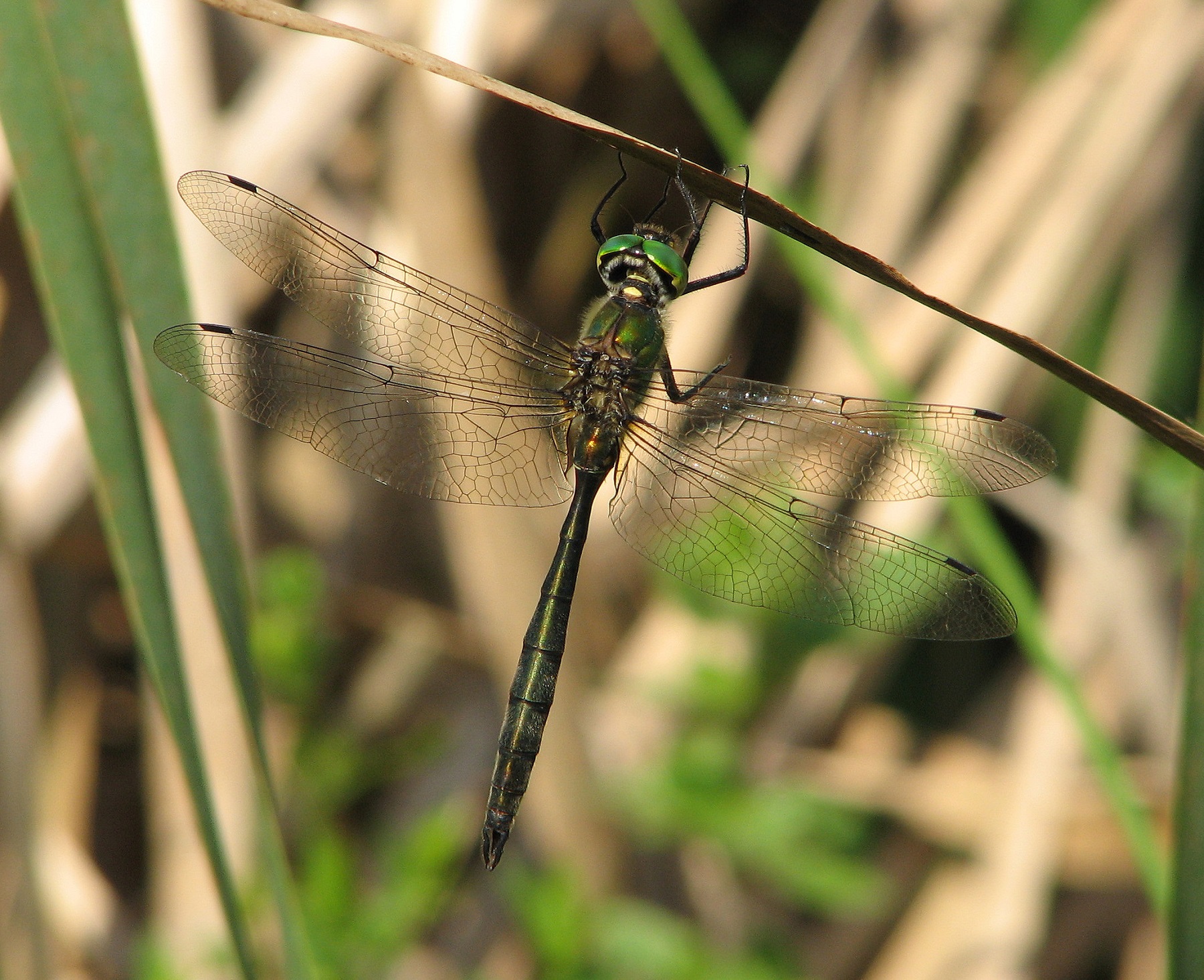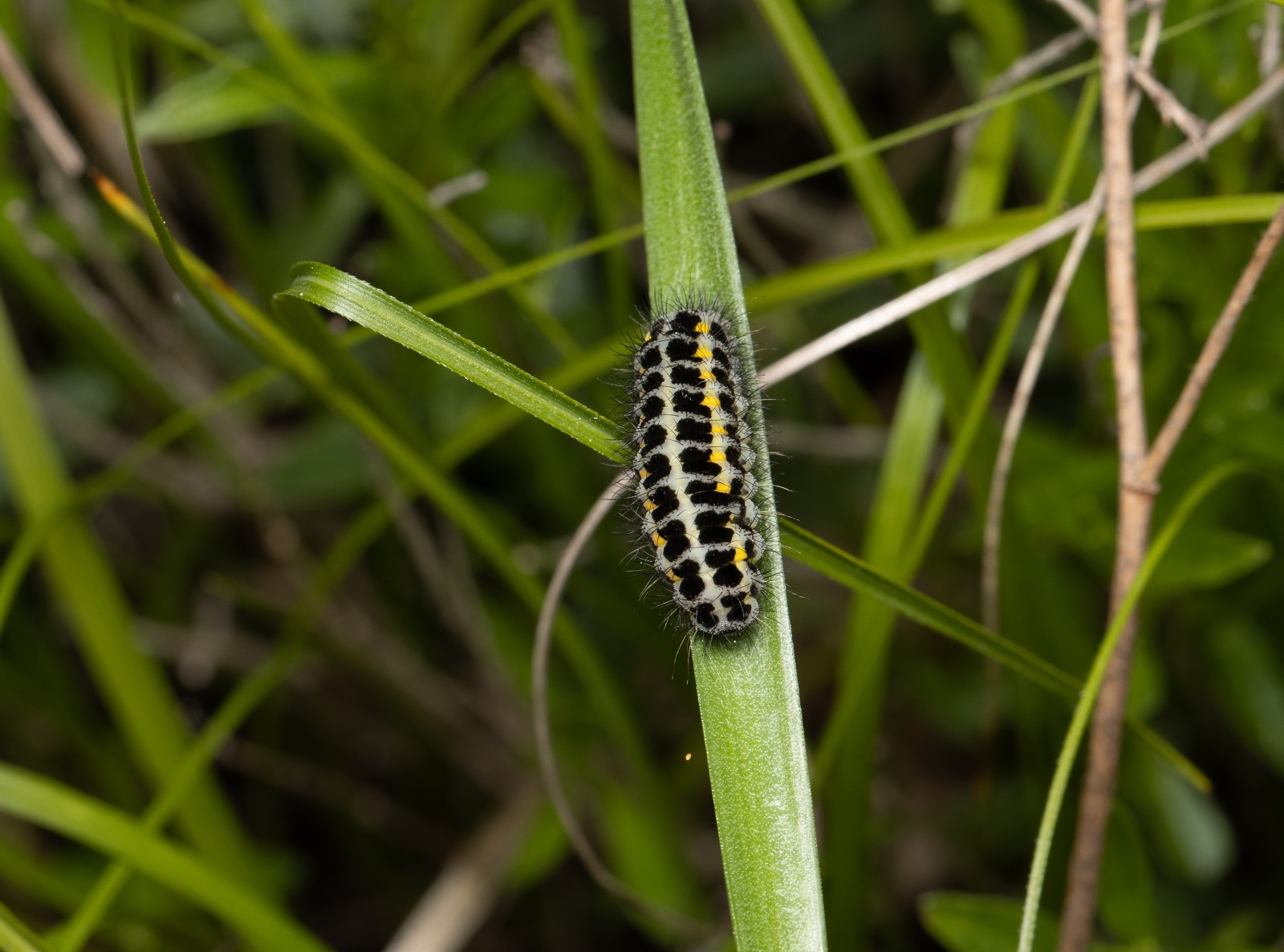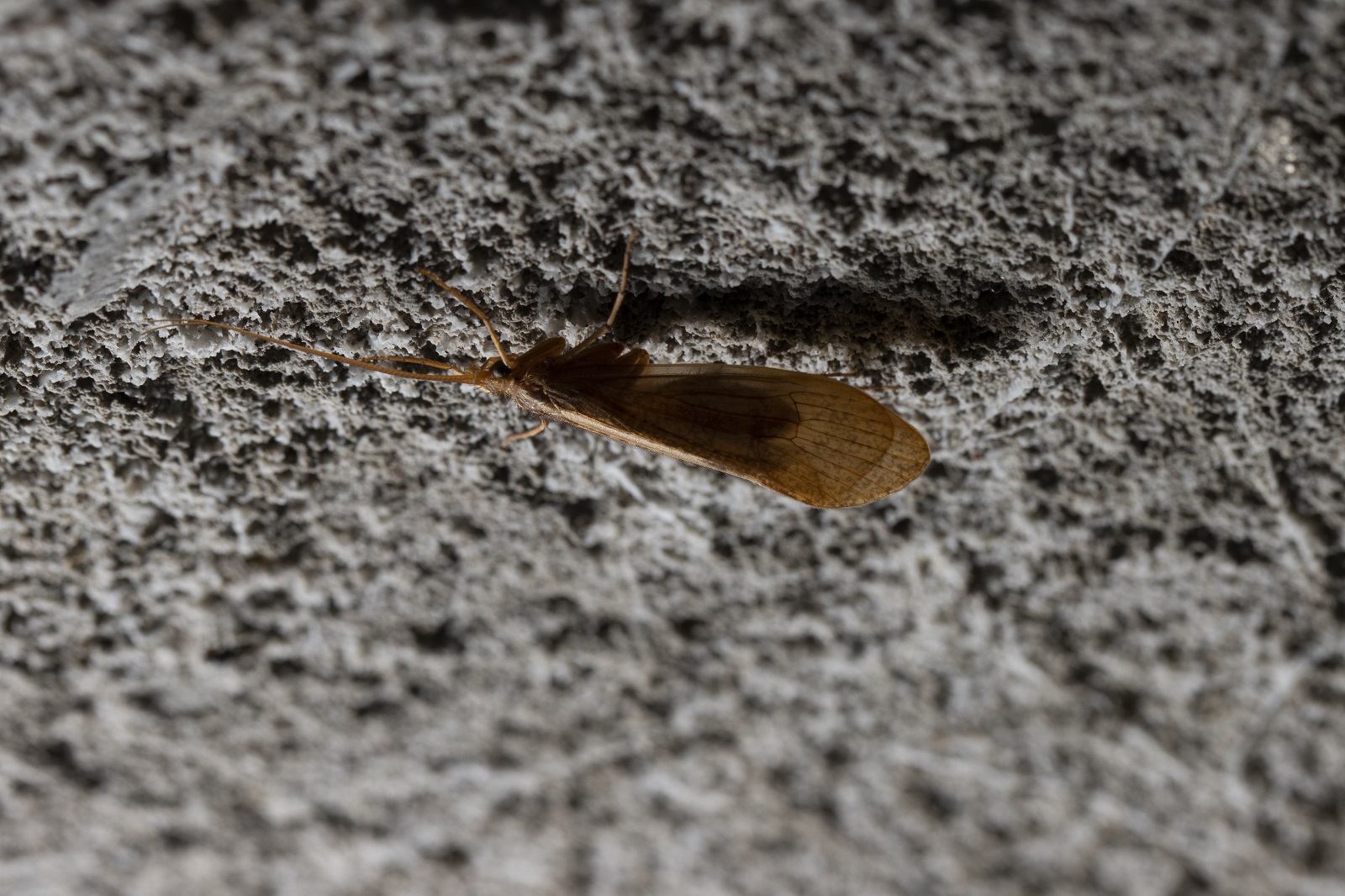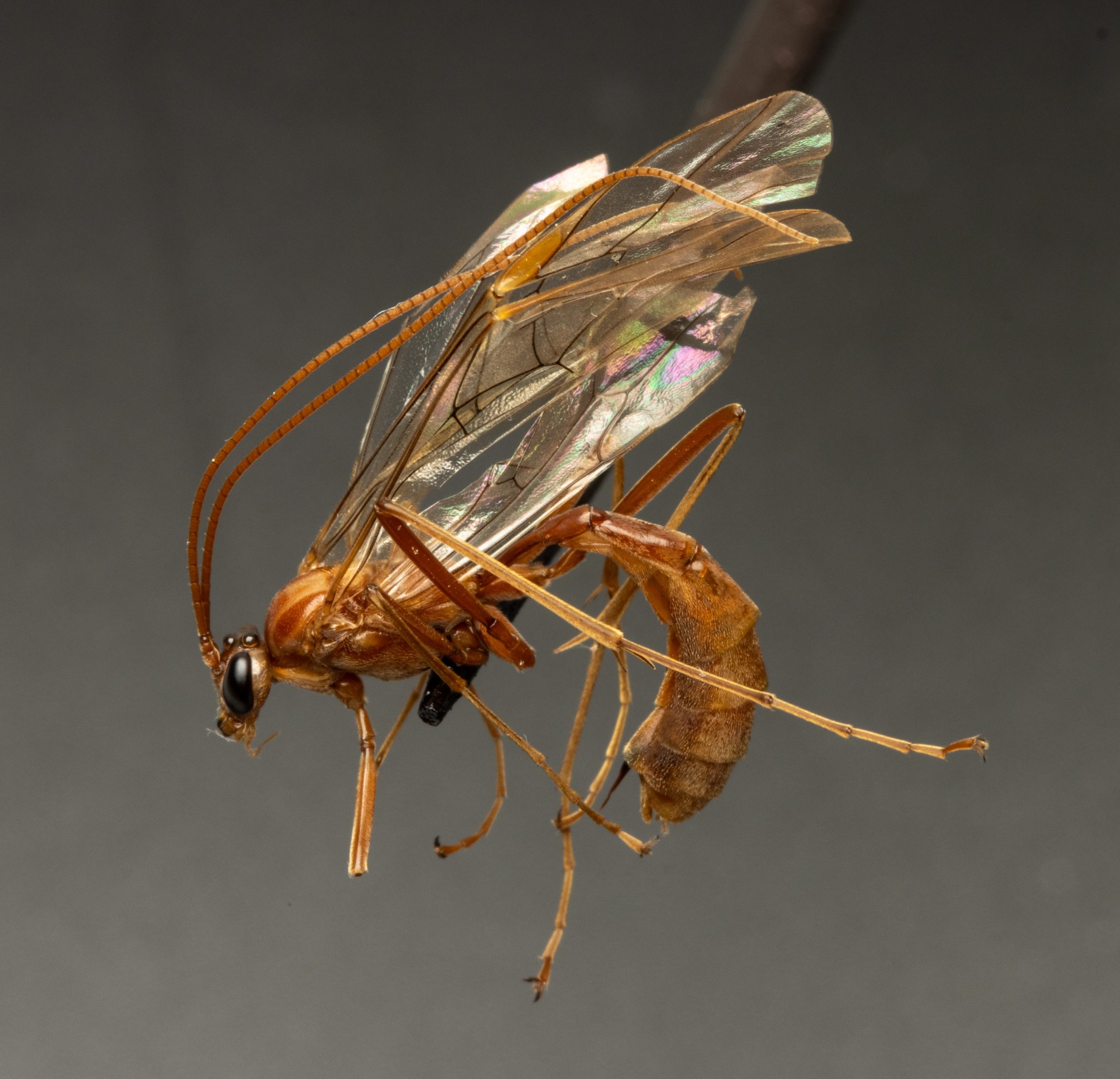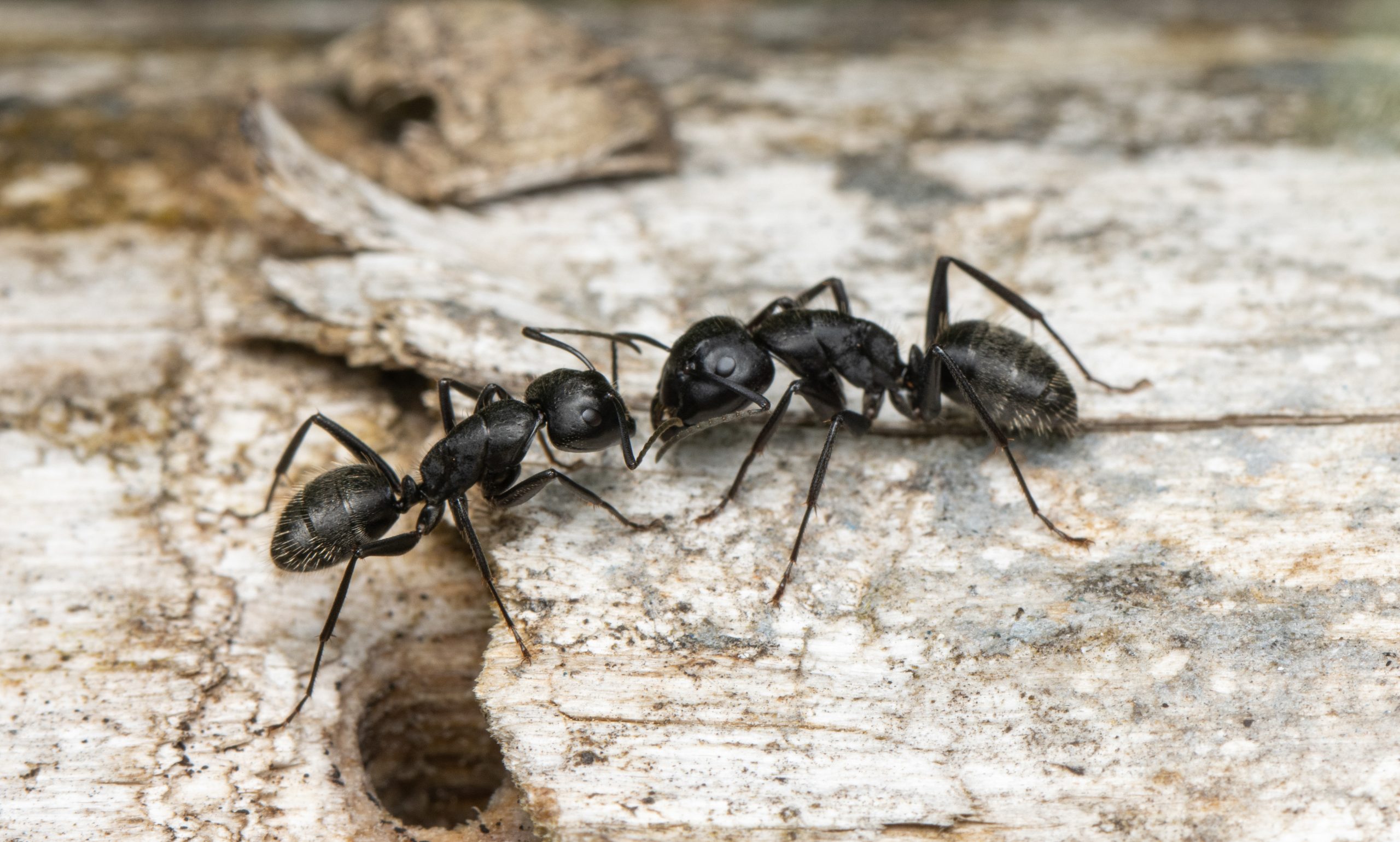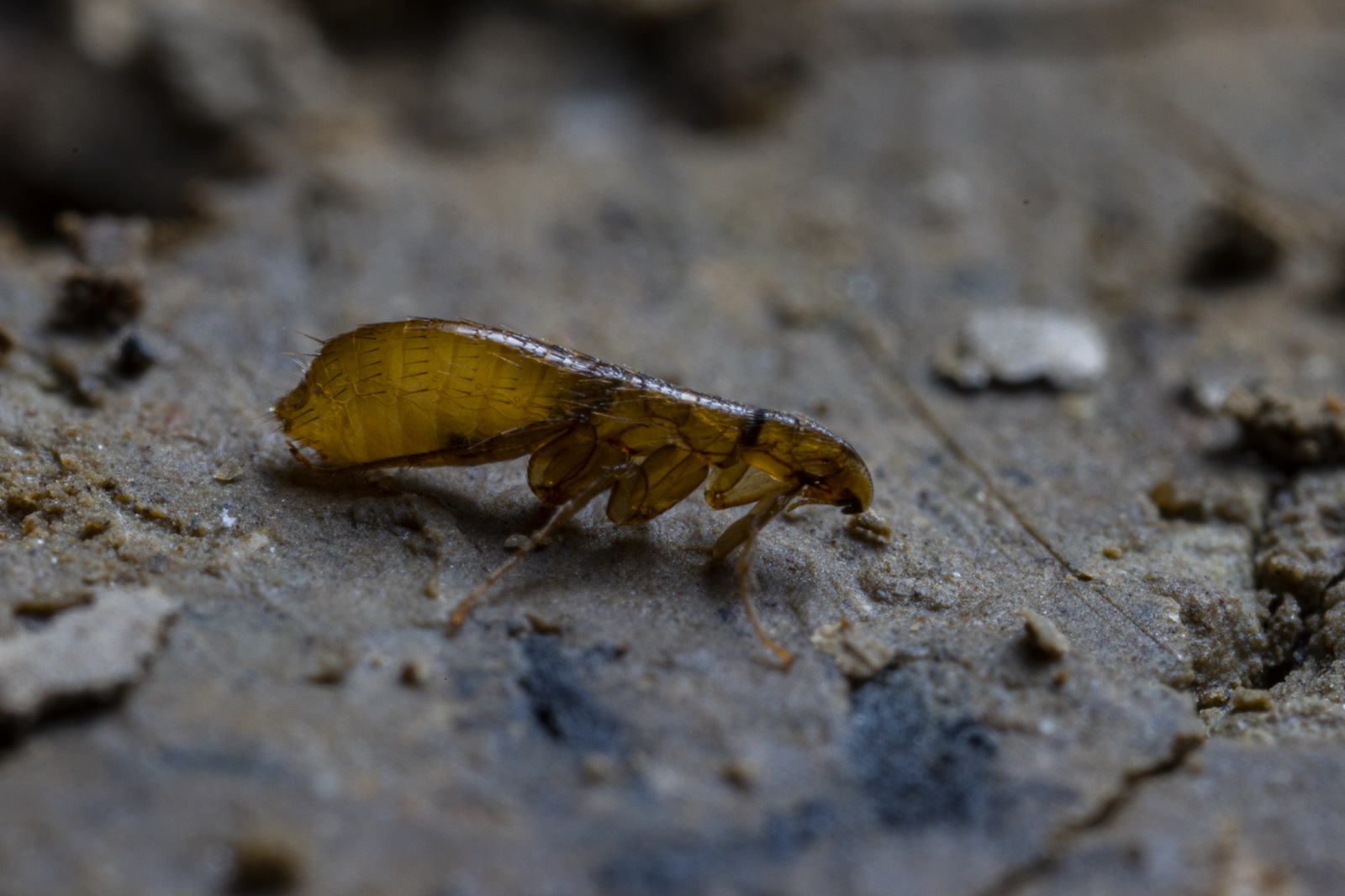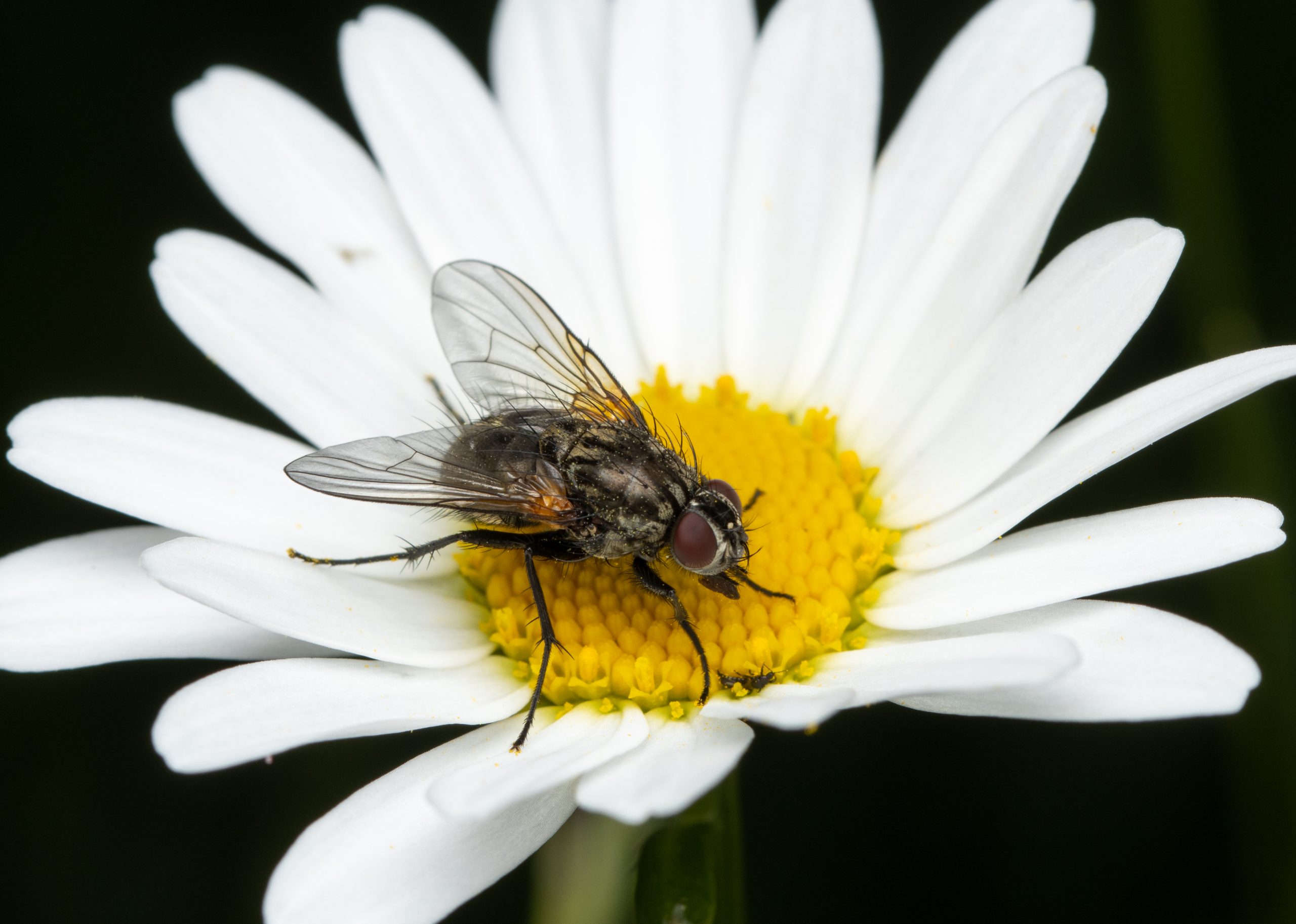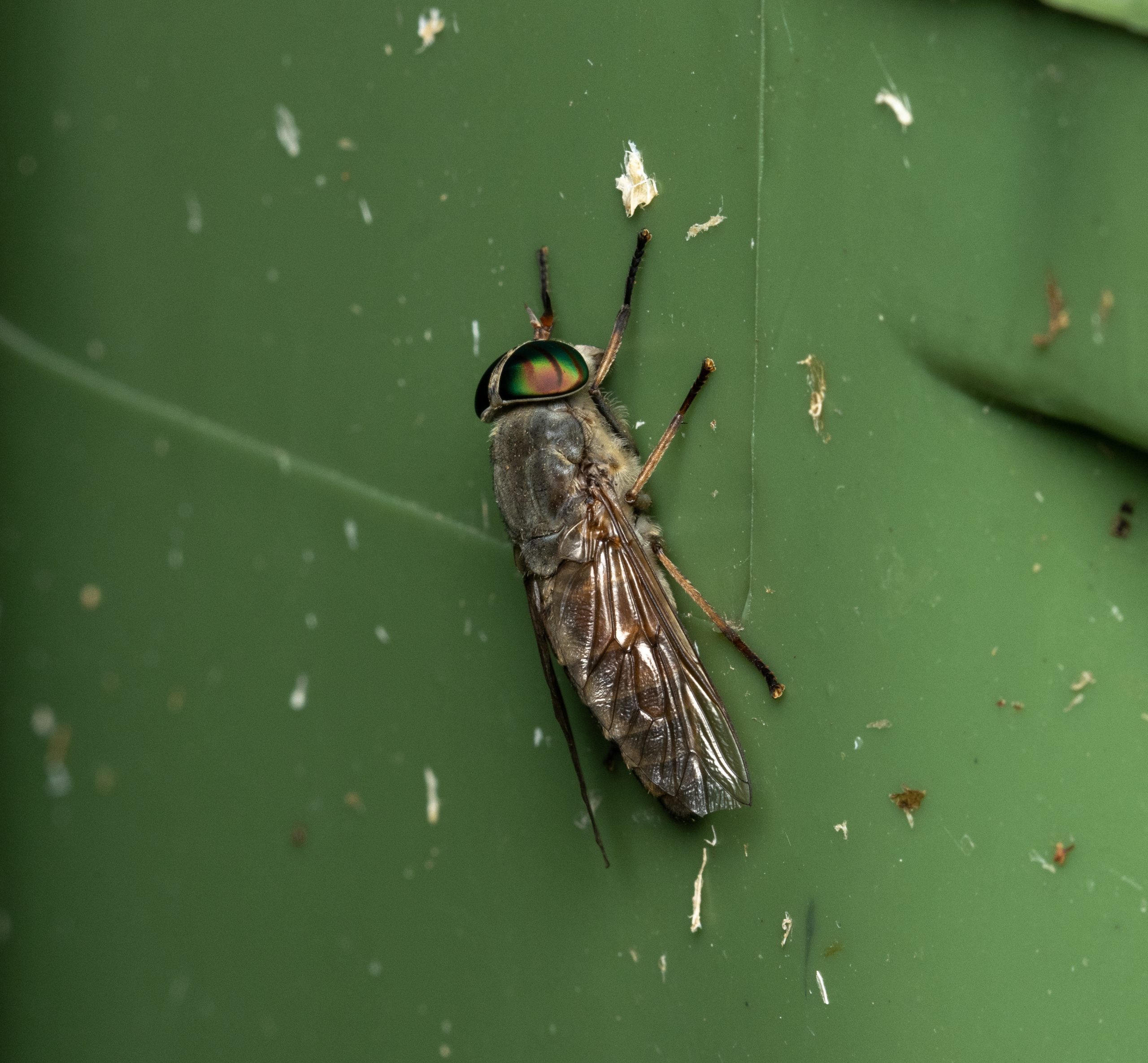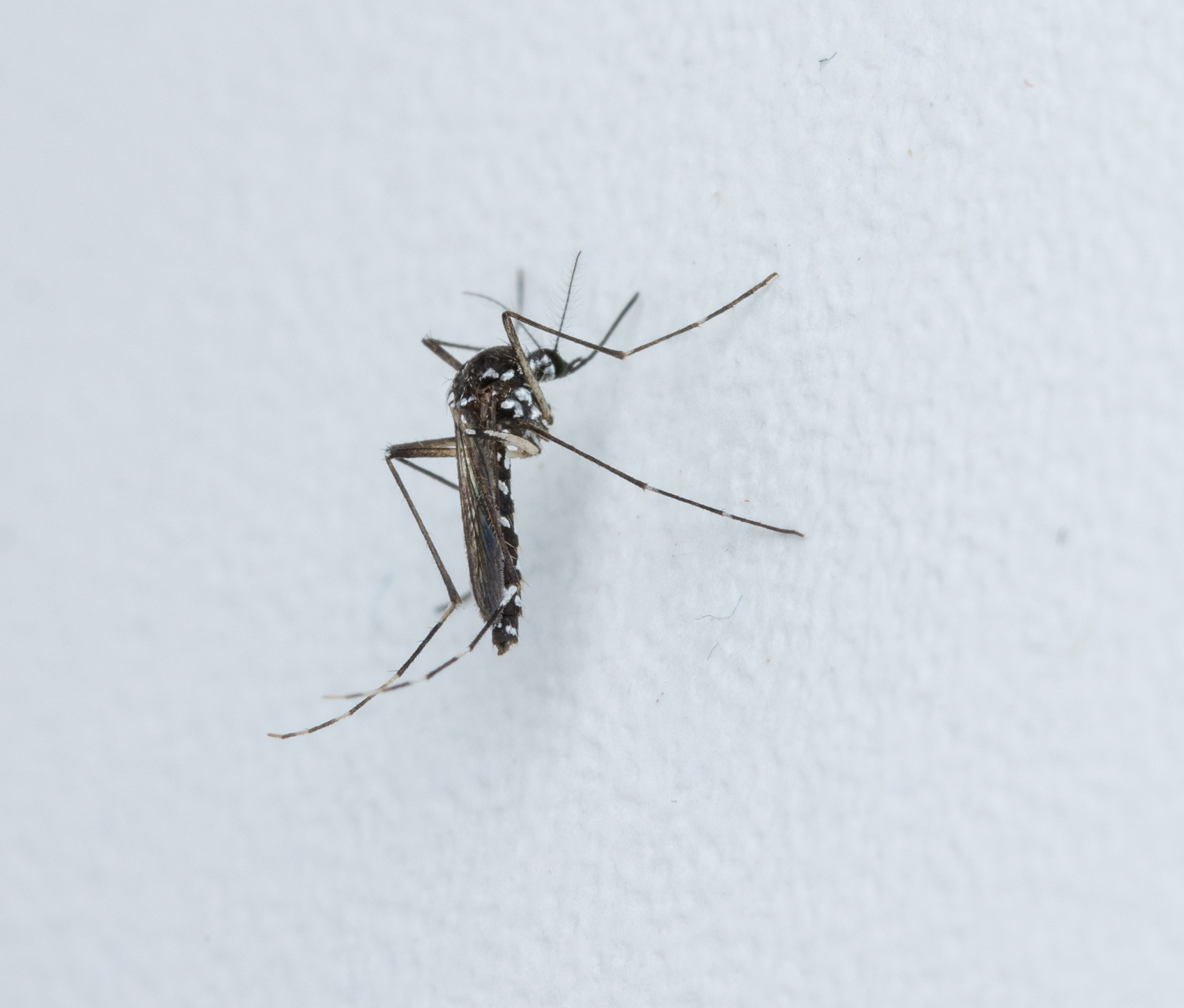- Insects
Graphosoma lineatum
The striped shield bug is a member of shield bugs (Pentatomidae) with characteristic five-segmented antennae, four segmented labium of proboscis and three-segmented tarsi. The striped shield bug has a very large shield (scutellum), striking coloration with longitudinal black stripes on a red background and measures 8 – 12 mm. As in other true bugs the body consists of a head, thorax and abdomen.
The head is roughly triangular and bears antennae, compound eyes, ocelli and piercing mouthparts characteristic of true bugs. This type of mouthparts is termed rostrum or “beak”. The rostrum origins at the front of the head and is folded backwards between the coxae of legs. It consists of a multi-segmented grooved labium (fused second maxillae) covered at the front with labrum and three stylets which are modified mandibulae and first maxillae. Between the first maxillae there are two channels. With the action of cibarial pump one channel serves the excretion of saliva and the other the intake of food.
Each of the three thoracic segments carries a pair of walking legs. Between the second and third pair of legs the openings of stink glans are located. The secretions of stink glands are species specific and act as pheromones. The secretions of stink glands are often repugnant to potential predators and humans and thus have also a defensive role. On the dorsal side of the first thoracic segment is a trapezoid pronotum and on the dorsal side of the second thoracic segment is a shield (scutellum). The second and third thoracic segment each bears a pair of wings. The first wing pair are hemelytra with hardened proximal part termed corium and membranous distal part. The second wing pair is membranous and folded beneath the hemelytra.
Two species of the genus Graphosoma are present in Slovenia, the widespread striped shield bug (G. lineatum) and G. semipunctatum which is limited to the sub-mediterranean region of Slovenia. The striped shield bug is a relatively common species present in gardens and karst forests. Its vivid red and black coloration acts as a warning signal for defensive repugnant excretions. Adults are commonly found on inflorescences of umbellifers (Apiaceae) on which they feed.
Their eggs are barrel-like with a characteristic lid. During mating they communicate with vibrations that cannot be detected without appropriate equipment. The tergites of the first two abdominal segments are fused into a plate that is elastically connected to the rest of the exoskeleton. With muscles connected to this plate they can rattle the entire abdomen and produce low vibrations with frequency of 100 – 150 Hz. The vibrations are additionally amplified by air filled sacs of the tracheal system located beneath the plate. The vibrations are detected by specialized sensory organs in legs which detect the substrate-borne vibrations.
More photos
Related arthropods
Authors
- Urban Bogataj,
- Gregor Bračko,
- Teo Delič,
- Cene Fišer,
- Žiga Fišer,
- Rok Kostanjšek,
- Rudi Verovnik,
- Miloš Vittori,
- Valerija Zakšek.
Students Vito Ham, Vesna Jurjevič, Gaj Kušar, and Adrijan Samuel Stell Pičman also participated in the project.
